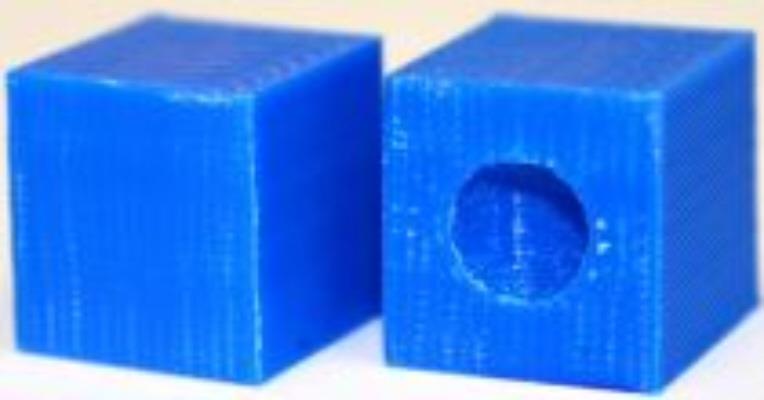Nikhil Gupta, an associate professor of mechanical engineering, his doctoral student Fei Chen and former student Gary Mac have shown how certain intentionally induced defects can disappear when the part is printed under a very specific set of conditions. Those without the information needed to process the files correctly — such as parties with stolen CAD models — would print a part with undesired defects and, consequently, lower quality.
The AM process involves several steps from CAD file to printed product. One step involves translating the CAD design into a stereo-lithography (STL) file format, which maps objects and their internal and external features as triangles and vectors. The researchers explored how this and other aspects of CAD-to-printer processing, such as STL file resolution, printing direction and printer resolution activated or neutralised the intentionally embedded flaws. The team developed security features that can range from the induction of voids in a part that is supposed to be solid to features that make the part print in sections that break off easily.
“The range of security feature designs demonstrated in this work can provide great flexibility to application engineers in terms of how to disguise these flaws easily in a complex shaped part,” said Chen. “Most industrial components manufactured using 3D printing have complex designs to justify the use of 3D printing, which further helps in embedding these features without detection.”
 The purposeful manufacturing flaws demonstrated in this work range from two-dimensional features to three-dimensional shapes that can be hidden inside the part. One CAD model appears to have a sphere inside a rectangular block. However, the block prints without the spherical feature if the processing is conducted under the correct set of parameters, while incorrect processing creates a void in the block (pictured).
The purposeful manufacturing flaws demonstrated in this work range from two-dimensional features to three-dimensional shapes that can be hidden inside the part. One CAD model appears to have a sphere inside a rectangular block. However, the block prints without the spherical feature if the processing is conducted under the correct set of parameters, while incorrect processing creates a void in the block (pictured).
So far, the main ways designers have secured CAD files is with cybersecurity tools such as encryption and password protection and by limiting access to important files. Prof Gupta explained that “cybersecurity tools can be applied as usual to make the files and cloud secure; however, in case the design files are stolen, there is nothing in the designs to deter printing a high-quality component. The new approach is designed to provide an advantage in this scenario and to make printing high-quality parts from stolen files difficult.”











